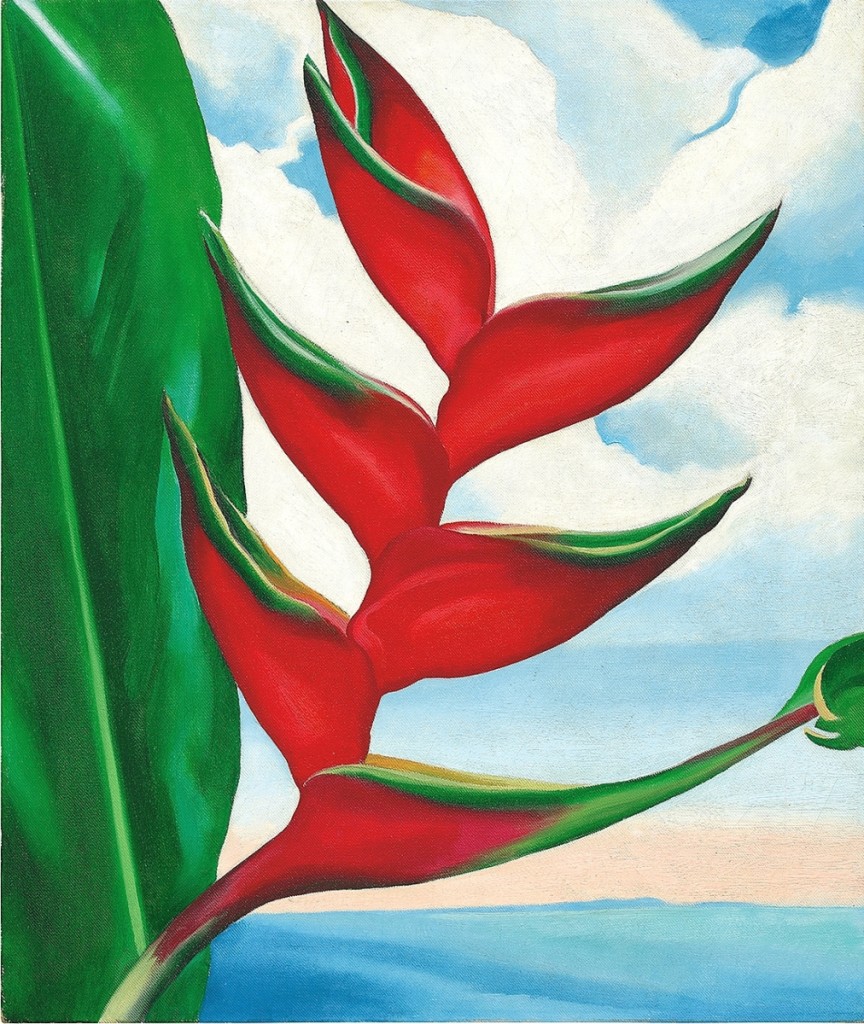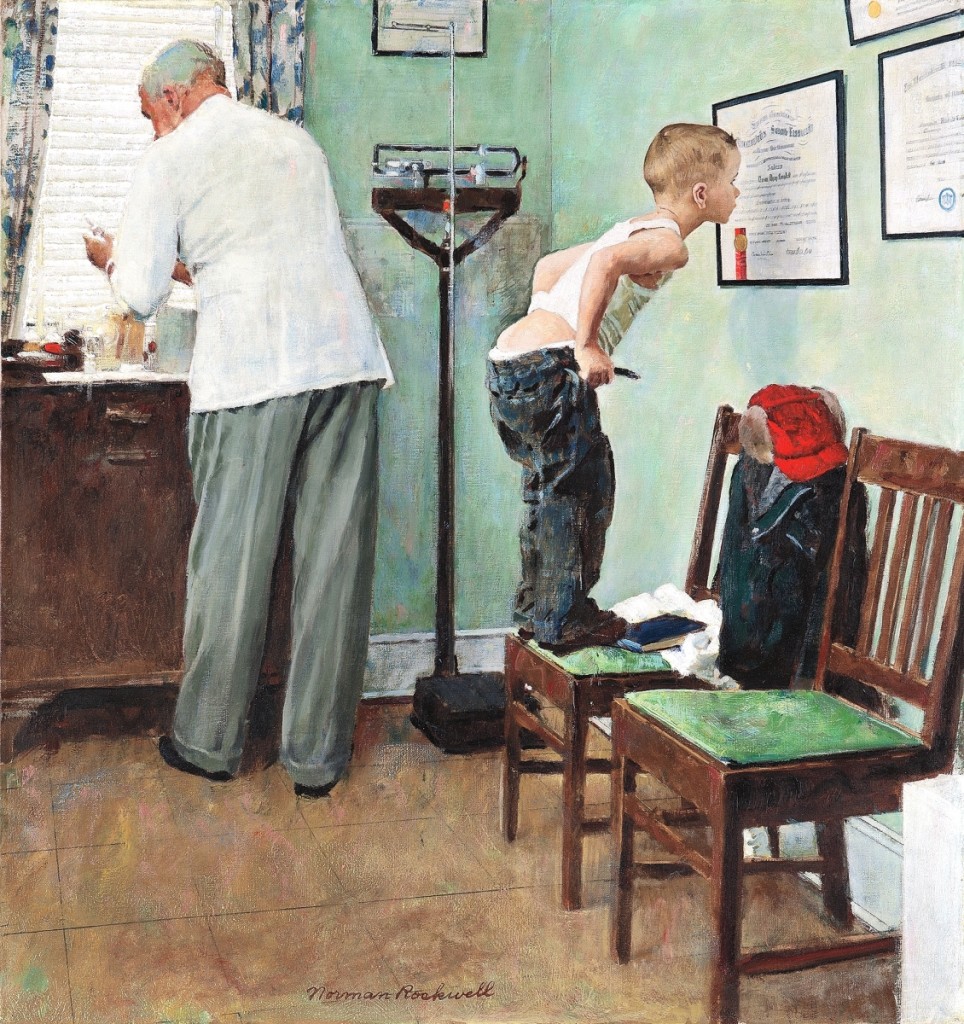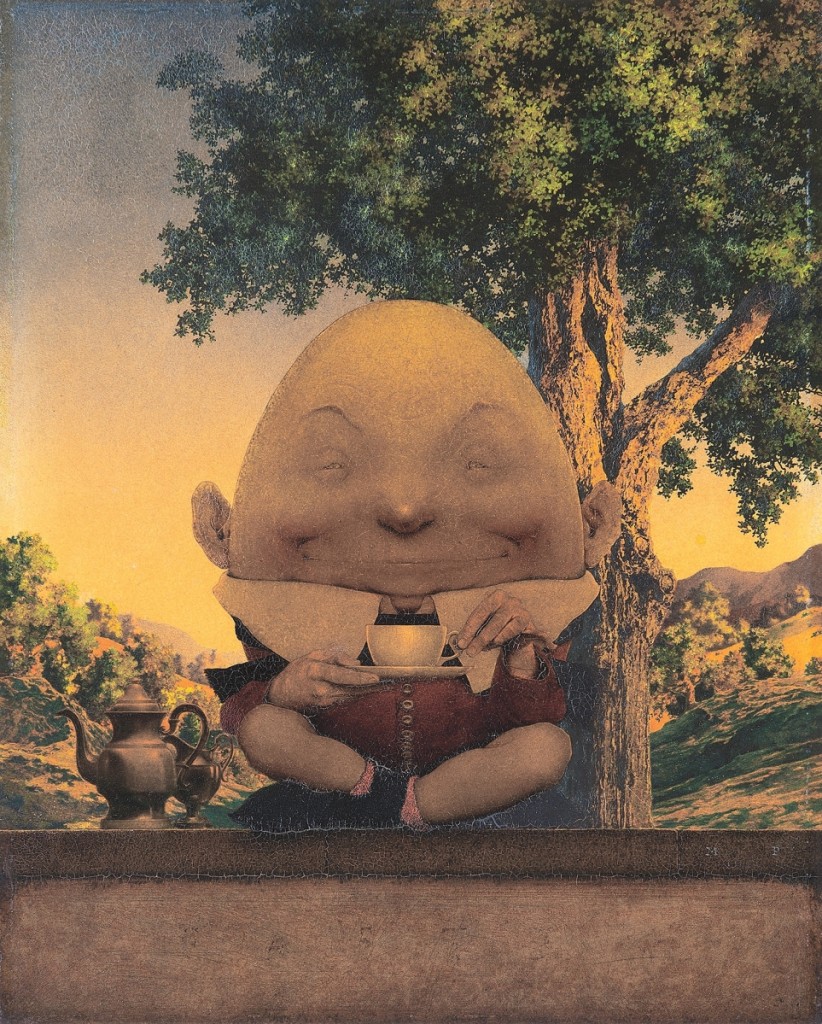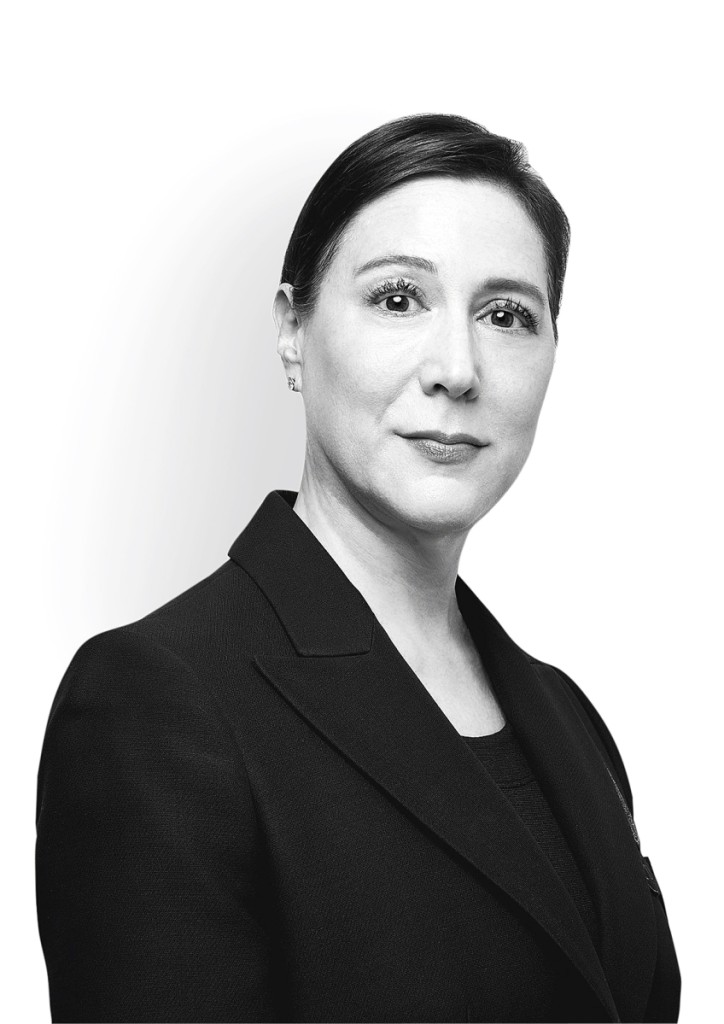In recent years, auction houses have blurred interdepartmental lines, offering – for example – a $450 million Leonardo Da Vinci in an Evening Sale of Post-War and Contemporary Art, or a $43 million original copy of the United States Constitution offered not in a Books and Manuscripts or Americana sale but as a stand-alone lot wedged in between two Contemporary Art evening sales. Phillips, which does not have a dedicated American Art department, is nevertheless realizing top prices for works by some of the field’s blue chip artists. We caught up with Elizabeth Goldberg, the firm’s senior international specialist for American Art, on the heels of her recent success with Georgia O’Keeffe’s “Crab Claw Ginger Hawaii,” to shed some insight on the artist’s market and to discuss this trend more fully.
Is ‘Crab’s Claw Ginger Hawaii’ the first work by Georgia O’Keeffe Phillips has sold?
“Crab’s Claw Ginger Hawaii” is certainly the most exciting picture by O’Keeffe we have ever offered. While we had sold one of her paintings ten years ago, as well as a small work on paper more recently, this is the first work we have offered in a major Evening Sale of Twentieth Century & Contemporary Art. And the enthusiastic response it received from collectors all over the world is a true testament to her continued importance.
The painting is one of about 20 O’Keeffes painted during her brief time in Hawaii, 14 of which the catalog says are in museum collections. Does that number now stand at 15 or did a private collector buy it?
Indeed, it does! The buyer was Wang Wei of the Long Museum (in Shanghai) one of the biggest private museums in Asia. And it will be shown publicly there in the future.
Are many of her works in International museums?
If you consider the number of museums in the United States which own her work, yes, it’s a relatively small number. I’d say less than 20, so this is a rare occurrence indeed, and hugely exciting that it’s going to a museum in Asia.
With only about 20 works made in Hawaii, is this her rarest series?
O’Keeffe was remarkably consistent in using the natural world as her primary inspiration and subject, so I tend not to think about her work in series. That said, it is certainly true that the pictures she created in Hawaii are much rarer than those she created in New Mexico or New York.

“Crab’s Claw Ginger Hawaii” by Georgia O’Keeffe (1887-1986), 1939, oil on canvas, 19 by 16 inches, sold for $7,748,000 in Phillips’ November 17, 2021, Twentieth Century & Contemporary Art Evening sale (estimate $4/6 million). Image courtesy of Phillips.
Can you describe the current market for O’Keeffe?
The market for O’Keeffe has never been stronger. If you look at the top ten prices at auction, all of them have been achieved since 2014, and three were achieved in the past two years. More and more collectors – both in the United States and in Europe and Asia – are looking at and thinking about O’Keeffe. She is very much in the zeitgeist. Part of this is because of the current major museum exhibitions. Her show just closed at the Pompidou in Paris and is opening in Switzerland at the Beyeler next year; and there was a major show at the Tate in 2016. But I think it’s also because collectors and museums are taking a closer look at female artists, who have often been undervalued. Of course, O’Keeffe was well known during her lifetime, and she holds the record for any female artist at public auction – but if you think about that auction record of $44 million – it’s a long way away from $450 million for Leonardo or $179 million for Picasso or $110.5 million for Basquiat. I would love to see a work by a female artist break the $50 million mark – and I think O’Keeffe has that potential.
How has her market evolved?
O’Keeffe was hugely successful and well-known during her lifetime – her pictures were sold to major collectors and placed in some of the most prestigious museums in the United States. So there has always been a market for O’Keeffe. What is fascinating to me is that until recently, her works, along with artists such as Norman Rockwell and Milton Avery, would be of interest to collectors with much more traditional tastes. Now, it’s so exciting to see contemporary art collectors recognizing her vision and importance and seeing how well her works fit alongside those of more contemporary masters.
Is her market growing with new collectors? What about her appeals to new collectors?
Absolutely. We’re definitely seeing a variety of new collectors looking at her work. Georgia O’Keeffe is such a singular figure. She was a strong woman and a visionary – both in her art and in her life. She was continuously inspired by the world around her – and particularly by the natural world. Her paintings are powerful, timeless and strikingly beautiful. I think this extraordinary beauty and that connection to the world – I think we can all respond to that, especially now.
Let’s talk about American Art at Phillips…You sold Norman Rockwell’s ‘Before The Shot’ for $4.7 million in 2019. Was that a watershed moment for Phillips?
It certainly was, and hugely important, too. Rockwell is one of the most quintessentially American artists, so to have him alongside works by Joan Mitchell and Basquiat and other postwar and contemporary artists was exciting and, in a way, really surprising for people. It was my first sale at Phillips – we had never sold a major painting by Rockwell – and we had tremendous competition for it with several bidders, some who were brand new to us, others were known to us but there was both interest from the US and international bidders. It sold to a contemporary art collector in Europe. I always knew this would be possible but to see it happen right away was extraordinary. It also was the top price realizing at any auction house during that particular American art season.
Maxfield Parrish’s “Humpty Dumpty,” which we sold for $740,000 in our July 2020 sale – our first sale during the pandemic – was another fantastic moment. He does not have the same name recognition as Rockwell, but that painting had been on the cover of Life magazine in 1921. It sold to a postwar and contemporary collector who had never looked at a Parrish before.

“Before the Shot” by Norman Rockwell (American, 1894-1978), 1958,
oil on canvas, 29 by 27 inches, sold for $4.7 million in Phillips’
November 14, 2019, Twentieth Century & Contemporary Art Evening sale
(estimate $2.5/4.5 million). Image courtesy of Phillips.
Are you trying to limit American Art offerings by date?
While the current trend is certainly towards contemporary art, there is also a desire to discover new, perhaps unfamiliar artists – artists who collectors haven’t necessarily seen before. I think while we are looking to what’s happening now, we are also looking to see what has come before – it’s really an expansion of taste.
Any interest in delving into the Outsider Art market?
I’m open to any artist. It’s about the quality of the picture, about the feel of the work. We offered “Table II” by George Tooker in our June 23, 2021, Day Sale – he was not an artist I was targeting but it had been painted in 1991 and had a contemporary sensibility. Our estimate was $80/120,000 and it brought nearly $240,000. So, really, I’m open to anything. It’s one of the things that’s wonderful about working at Phillips – there’s some creative leeway to what you can offer.

“Humpty Dumpty” by Maxfield Parrish (1870-1966), 1921, oil on board, 15- by 12 inches, sold for $740,000 in Phillips’ July 2, 2020, Twentieth Century & Contemporary Art Evening Sale (estimate $400/600,000). Image courtesy of Phillips.
Do you plan to hold stand-alone sales, or will you sell with Twentieth Century works, at least for the foreseeable future?
One of the reasons I joined Phillips was to have the opportunity to present American Art in a more modern and contemporary context. The fact that Phillips’ auctions combine the best of Twentieth Century and contemporary art across the board is what makes them so strong. It’s been refreshing over the last few years to see the once siloed market with so many sub-categories begin to merge into one holistic group. Many museums now are also installing their galleries to reflect this shift. Artists have always looked at each other’s work, often across time periods and geography. I think to separate them would be a disservice to everyone involved – from collectors to the legacies of the artists themselves, to all of us working in art professions. I think works of art are much more exciting when viewed all together.
You face stiff competition in this category, most notably by two other international auction houses, both of which you’ve worked for. How do you plan to stand out / what can Phillips offer the others can’t or don’t?
What we do for American works of art at Phillips is unique. We are able to select each picture we sell – and we do this with an eye towards quality, rarity and what we believe will appeal to today’s collectors around the world. We are able to place each American work we offer in a Twentieth and Twenty-First Century context in a way that is custom-made, almost curated in feel. We are also able to focus attention on American works in an exclusive and powerful way – a way that captures the attention of collectors who would not necessarily think about or be interested in acquiring a more traditional work of American art.
Do you have anything committed to your upcoming May 2022 sale you’d like to give us a sneak peak at?
I am working on a few things and will keep you posted!
-Madelia Hickman Ring





